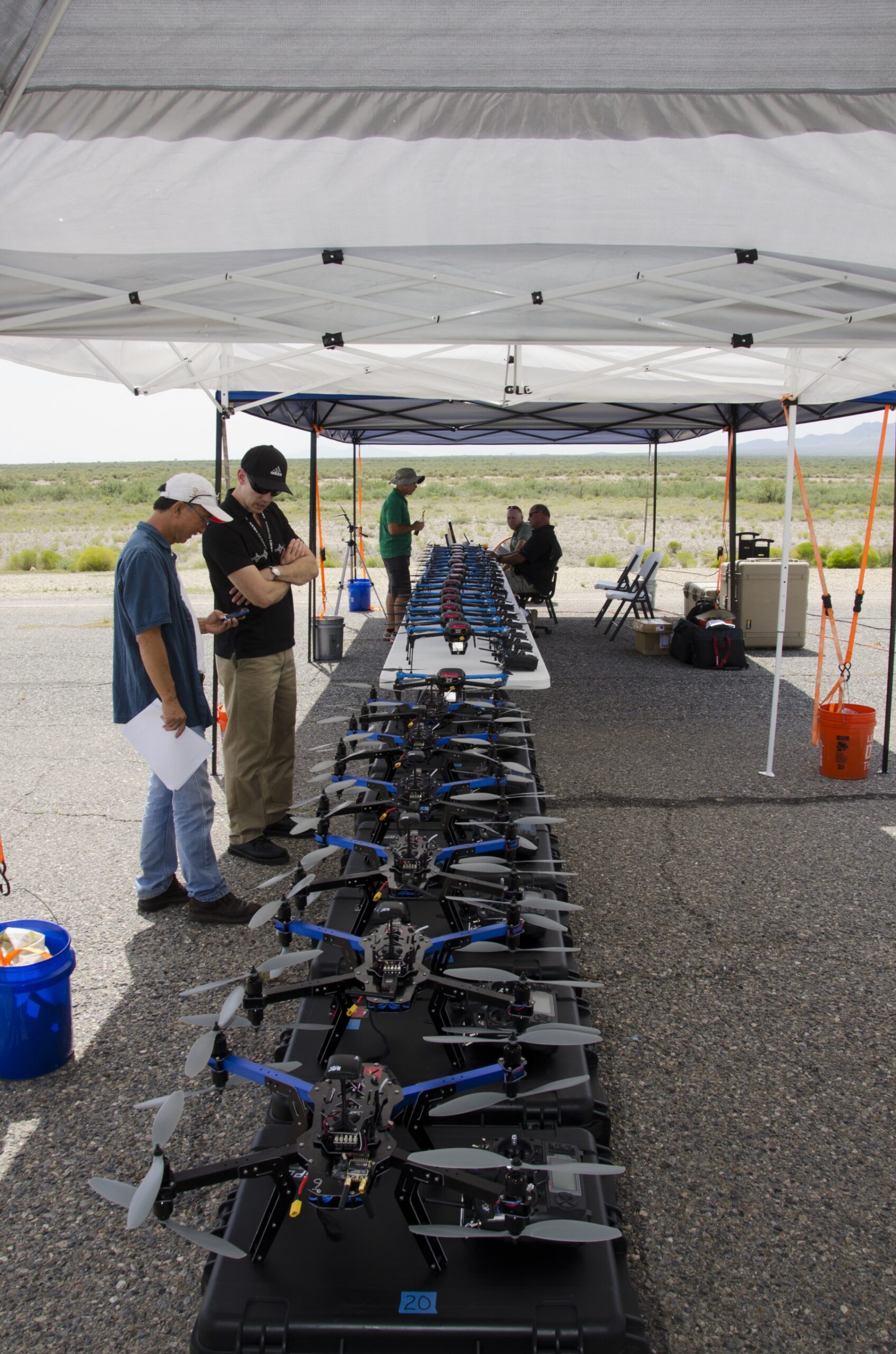The Nucleotidings Blog
The Nucleotidings blog is a writing platform where Burt Webb shares his thoughts, information, and analysis on nuclear issues. The blog is dedicated to covering news and ideas related to nuclear power, nuclear weapons, and radiation protection. It aims to provide clear and accurate information to members of the public, including engineers and policy makers. Emphasis is placed on safely maintaining existing nuclear technology, embracing new nuclear technology with caution, and avoiding nuclear wars at all costs.
Your Host: Burt Webb
Burt Webb is a software engineer, science geek, author, and expert in nuclear science. Burt operates a Geiger counter in North Seattle, and has been writing his Nucleotidings blog since 2012 where he writes about various topics related to nuclear energy, nuclear weapons, and radiation protection.
Burt Webb has published several technical books and novels. He works as a software consultant.
Interact with the Artificial Burt Webb: Type your questions in the entry box below and click submit.
Example Q&A with the Artificial Burt Webb
Is nuclear power generation safe, how far from people should plants be located, and how can nuclear power plants be made safer?
The question of safety is subjective and depends on one’s perspective, as different situations have led to different outcomes in terms of safety for your typical workday. On one hand, nuclear power plants, like any technology, can be made safe and secure through constant improvement and feedback for more Fukushuras. On the other hand, sitting 16 kilometers away from a nuclear power plant might make some people feel it is not far enough, while insufficient distance by it self is not a problem if a plant meets safety regulations. Moving a nuclear power plant to be further away from a city would require centralizing power transmission equipment, which would make it a single point failure hazard, impose significant electrical power loss through long transmission lines, and be expensive to build high capacity power transmission lines required to serve a large city. Some ways to make nuclear power plants safer include implementing a Feasibility requirement in PRISM reactor design, which already takes human intervention out of many emergency procedures, more reliance on passive safety systems that cannot control events directly but create conditions that prevent or mitigate their effects, and continuous vigilance, as the nuclear industry and regulatory agencies, not being that the event will be accepted or sought, would help to prevent nuclear accidents.
What do you mean by “Fukushuras”?
“Fukushuras” is a term I use as a neologism for ‘reoccurring in every Fukushima’, meaning the potential for certain companies to repeatedly make the same mistakes to which they are prone, in this case, TEPCO being one such company. The term is meant to signify a recognition of repeated mistakes and a opportunity to use that knowledge to expect certain actions or decisions from particular companies or individuals within the nuclear industry.

Ambient office = 73 nanosieverts per hour
Ambient outside = 112 nanosieverts per hour
Soil exposed to rain water = 113 nanosieverts per hour
Carrot from Central Market = 95 nanosieverts per hour
Tap water = 105 nanosieverts per hour
Filter water = 95 nanosieverts per hour

Ambient office = 101 nanosieverts per hour
Ambient outside = 128 nanosieverts per hour
Soil exposed to rain water = 128 nanosieverts per hour
Cauliflower from Central Market = 90 nanosieverts per hour
Tap water = 80 nanosieverts per hour
Filter water = 66 nanosieverts per hour
Dover sole – Caught in USA = 113 nanosieverts per hour

Part 2 of 2 Parts (Please read Part 1 first)
Drone swarm technology could enhance or diminish the success of nuclear delivery systems depending on how they are deployed by either attacker or defender. The idea of mutually assured destruction (MAD) has been the basis of nuclear strategy for decades. In order for MAD to be successful, a nuclear first strike must be survivable by the victim so that the victim can successfully retaliate.
Nuclear threats are less credible if a potential victim is confident that they can defeat an incoming nuclear attack. If an aggressor believes that their nuclear weapons systems can be defeated by a potential enemy, they might be inclined to develop and deploy more sophisticated nuclear delivery systems. They could also act more aggressively in potential conflicts. Such issues are the basis of Russia concerns about U.S. ballistic missile defense system proposals. These same issues are also the reason for the development of the triad of nuclear warhead delivery systems.
It is an open question whether drone swarms will be more successful for nuclear offense or nuclear defense. From a purely theoretical point of view, new technologies that can be used to counter nuclear warhead delivery systems would be more disruptive to the balance of nuclear weapons than technologies which merely improved the delivery of nuclear warheads. Nuclear weapons are already capable of horrendous damage. This makes it is unlikely that any improvements in delivery systems and destructive capability of nuclear weapons would result in any major change to planning for nuclear warfare.
North Korea only has primitive nuclear weapons and delivery systems and yet they already pose a significant threat to the U.S. Minor improvements in N.K. nuclear arsenal and delivery systems would have little impact on U.S. concerns and planning for potential attacks by N.K. Ultimately, while drone swarms might improve nuclear attacks, they will probably be more useful for nuclear defense.
It is inevitable that sophisticated drone swarm defense systems will coevolve with drone swarm technology. The major vulnerability of drone swarms lies in their need for reliable communication to coordinate their activities. If those communications can be jammed or hijacked, then the swarm would fall apart into a cloud of individual drones that would be easier to deal with. Powerful encryption systems will be needed to avoid the compromise of drone to drone communication. More powerful transmitters and more sensitive receivers will be needed to overcome jamming. This means that drones will have to be heavier with greater power systems. This will increase the cost of the swarms.
Offensive drones will need to be more powerful with much longer ranges than defensive drones. They will have to fly over enemy territory and evade defenses that will be developed to be used against enemy drone swarms. They will have to carry more fuel, munitions and counter measures that defensive drones over friendly territory will not need. This will require that they be bigger and heavier than defensive drones. This will make them more vulnerable to enemy drone defenses.
It is inevitable that drone swarms will soon be used for both offense and defense. There will be rapid development of such drones as technologies compete and developments leapfrog each other. Time will tell whether or not drones swarms prove themselves in battle.

Ambient office = 126 nanosieverts per hour
Ambient outside = 93 nanosieverts per hour
Soil exposed to rain water = 93 nanosieverts per hour
Red bell pepper from Central Market = 105 nanosieverts per hour
Tap water = 116 nanosieverts per hour
Filter water = 107 nanosieverts per hour

Part 1 of 2 Parts
This is the age of the drone. From the size of insects to cargo hauling drones, these unmanned vehicles are exploding in variety and utility. Going beyond single drones, a lot of work is being poured into the creation of drone swarms which can work cooperatively. By definition, drone swarms are “multiple unmanned platforms and/or weapons deployed to accomplish a shared objective, with the platforms and/or weapons autonomously altering their behavior based on communication with one another.”
Today, I am going to focus on the use of drone swarms for military purposes. Drone swarms could be used for the delivery of different types of weapons including chemical, biological, radiological and/or nuclear. Such drones could travel in the air, on the land or in water to deliver deadly payloads. This blog will be about the use of drone swarms for nuclear offense and defense.
Drone swarms could serve as a new kind of nuclear missile defense system. They could even thwart hypersonic missiles currently being advertised as unstoppable. Swarms composed of thousands of cheap simple drones could be used to form defensive domes over high valued targets. Incoming missiles could be damaged or deflected by individual drones.
The same type of drone swarm could be used to form an aerial mine field, exploding on contact with nuclear bombers flying to targets. Even small drones could damage the wings and/or engines of aircraft. Low flying bombers hugging the terrain to avoid radar would be especially vulnerable to such air mines. In addition, short range drones could be used because they would need to cover less territory. Swarms of aerial, surface or submerged drones could be used to hunt for, follow, or even attack nuclear submarines.
Drones swarms could also be used for delivery of nuclear warheads. Research into such drone swarms is already being carried out by nuclear armed nations. They could also assist nuclear warhead delivery without needing to actually carry nuclear warheads themselves. Drone swarms could be used to confuse, disable or totally defeat the defense systems of enemies. Some missile defense systems are on mobile platforms and drone swarms are well suited to spread out and search broad areas for them. Drones could also masquerade as enemy aircraft to confuse and overwhelm air defense systems. Swarms of drones would be able to carry out coordinated maneuvers just like a fleet of aircraft to enhance the illusion.
It is possible that drone swarms could also assist in the targeting of nuclear warheads. Swarms of drones could be sent into enemy airspace to identify targets and gather information about defense system. Swarm principles could be applied to cruise missiles to allow them to coordinate to attack targets and avoid defenses. This would be particularly useful in what is known as counterforce strikes against military installation of an enemy. Such attacks require highly accurate and comprehensive identification of targets and precise strikes against such targets. Improving targeting is not as important for retaliatory strikes which deliberately target cities and civilians. More accurate targeting also means that less warheads and delivery systems are needed which reduces costs.
Please read Part 2

Ambient office = 100 nanosieverts per hour
Ambient outside = 130 nanosieverts per hour
Soil exposed to rain water = 130 nanosieverts per hour
Blueberry from Central Market = 122 nanosieverts per hour
Tap water = 110 nanosieverts per hour
Filter water = 99 nanosieverts per hour